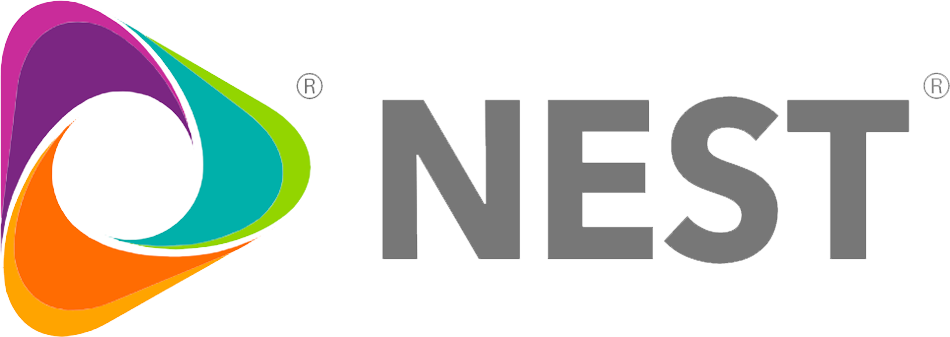Measuring operational performance is vital in determining whether vendors, employees, and business initiatives throughout your company contribute to its success. In particular, facilities management (FM) covers a multitude of organizational touchpoints, and FM professionals are often tasked with tracking an array of key performance indicators (KPIs).
Even though this concept is not new, the massive volume of data facilities managers collect and analyze is constantly growing and changing. Many regularly face data fatigue一as does senior leadership一which can stall efforts to identify and manage KPIs or use the data productively.
Integrated Facilities Management (IFM) technology is an effective tool in the battle against data overload. It can take the tactical burden of chasing data off your FM team so they can act more strategically.
IFM KPIs provide full program visibility in operational and financial terms. Data is easily accessible to everyone from the FM team to the C-suite, and can drive insights with organizational impact. And though many IFM solutions enable users to track custom KPIs, here are 15 top IFM performance metrics every company should consider tracking:
Work Order Management KPIs
Tracking work order progress is at the core of any FM program. It reflects the on-the-ground activity and day-to-day health of the program.
KPIs one and two below measure aspects of the preliminary work order process. They can show if there’s a bottleneck at the assignment level, and if so, whether approvals should be streamlined to save time or if there’s a shortage in a particular service provision, for example.
1. New work orders.
These have been entered into the work order technology platform but have not been assigned to a service team.
2. Assigned work orders.
These have gone through the required processing protocols and approvals and been assigned to a service team to do the work.
KPIs three to five below demonstrate the next workflow stages: work that’s underway and time to completion.
3. Active work orders.
These are work orders in process. They can be sorted by the number of days open to further highlight how long repairs are taking to complete: one to 15 days, 16-30, 31-45, or 46 or more.
4. Completed work orders.
These are resolved work orders.
5. Backlog of deferred work orders.
This metric can provide early warning of problems ahead. Are needed equipment repairs significant? Are inventories regularly short of critical parts? Is the majority of the backlog in a particular category一such as plumbing一signaling a service provision that needs bolstering?
6. Average time to work order completion.
This is an essential KPI of service provider efficiency, equipment needs, and more. A focus on driving this KPI down will improve operational efficiencies such as reduced downtime, reduced service costs, and more.
Be sure to include category filters across these metrics to identify particularly vulnerable equipment, systems, or facilities areas, or the providers servicing them.
Preventive Maintenance KPIs
Preventive maintenance is crucial to the success of your FM operations, as it can help your team address issues proactively rather than reactively. While you can’t plan for every scenario in advance, you can utilize predictive analytical data to understand where you should focus your time and money. The key metric to include here is:
7. Scheduled work orders.
These are work orders for recurring tasks. Is there seasonal or other trend data to capture here? When filtered by category, you can better anticipate when preventative maintenance will need to increase or when to expect reactive maintenance.
Asset Condition KPIs
When equipment breaks down, it can disrupt your business, prevent a customer from making a purchase, and ultimately cost your organization considerable capital. IFM tech platforms come equipped with features to monitor the overall health of your assets beyond just preventative maintenance. KPIs in this category include:
8. Reactive service requests by asset.
Measure this KPI monthly to identify patterns and make needed adjustments to your preventative maintenance schedule, if possible.
9. Time spent on reactive maintenance.
This is related to the average time to work order completion, but measures time on reactive maintenance only. An upward trend would signal increased asset deterioration, impacting future capital budgeting and spending.
10. First trip percentage.
This measures the rate of reactive service requests resolved with a single service provider visit. An upward trend here can reduce costs significantly.
Service Level Agreement (SLA) KPIs
Facilities professionals use SLAs to track third-party service provider performance, and as a mechanism for accountability. One of the primary purposes of an SLA is to guarantee tasks, maintenance requests, and work orders get completed on time.
11. SLA compliance.
This measures the percentage of tasks, maintenance requests, and work orders completed on time for each service provider.
Program Status KPIs
When you’re looking for an overview of the status of your FM program, this KPI stands out:
12. Missed recurring service visits.
These can be filtered by service provider, retail location, region, category, or quarter. Illustrating this metric by region using red, yellow, and green performance indicators across a map, for example, can provide a high-level assessment of program health. Red and yellow areas indicate where additional attention is needed and their relative priorities: red (high) and yellow (moderate).
Financial Health KPIs
Understanding what drives the financial health of your FM program is the first step in improving it. And while there are several KPIs that can provide financial data, these are particularly useful:
13. Spending gap analysis.
This year-over-year KPI shows the difference in program spend from one year to the next and the breakdown of the spend gap by category.
14. Percentage of spend by category and quarter.
This illustrates how spend by category changes from quarter to quarter. This, too, can assist in smarter budgeting by anticipating when specific categories will require more spend during the year.
15. Year-over-year category work order count and spend.
This KPI provides more granular data on category work orders and their costs. From this, you can identify how spend is allocated across work orders from year to year.
KPIs are only effective if they apply to the nuances of your business. From this list, use the KPIs that best address your specific pain points and track them using an IFM technology solution. And with all your KPI data stored on your IFM technology platform, everyone can analyze—and work to improve—your business’s performance.
Next Steps
Contact NEST to learn more about its industry-leading IFM solution and how IFM KPIs can help revolutionize your organizational performance today.
6 Ways Your Legacy FM Program is Costing You Money
What you don't know could be costing you. Download this free ebook to learn how outdated processes are costing you money, and what you can do to fix it.
Download Now


